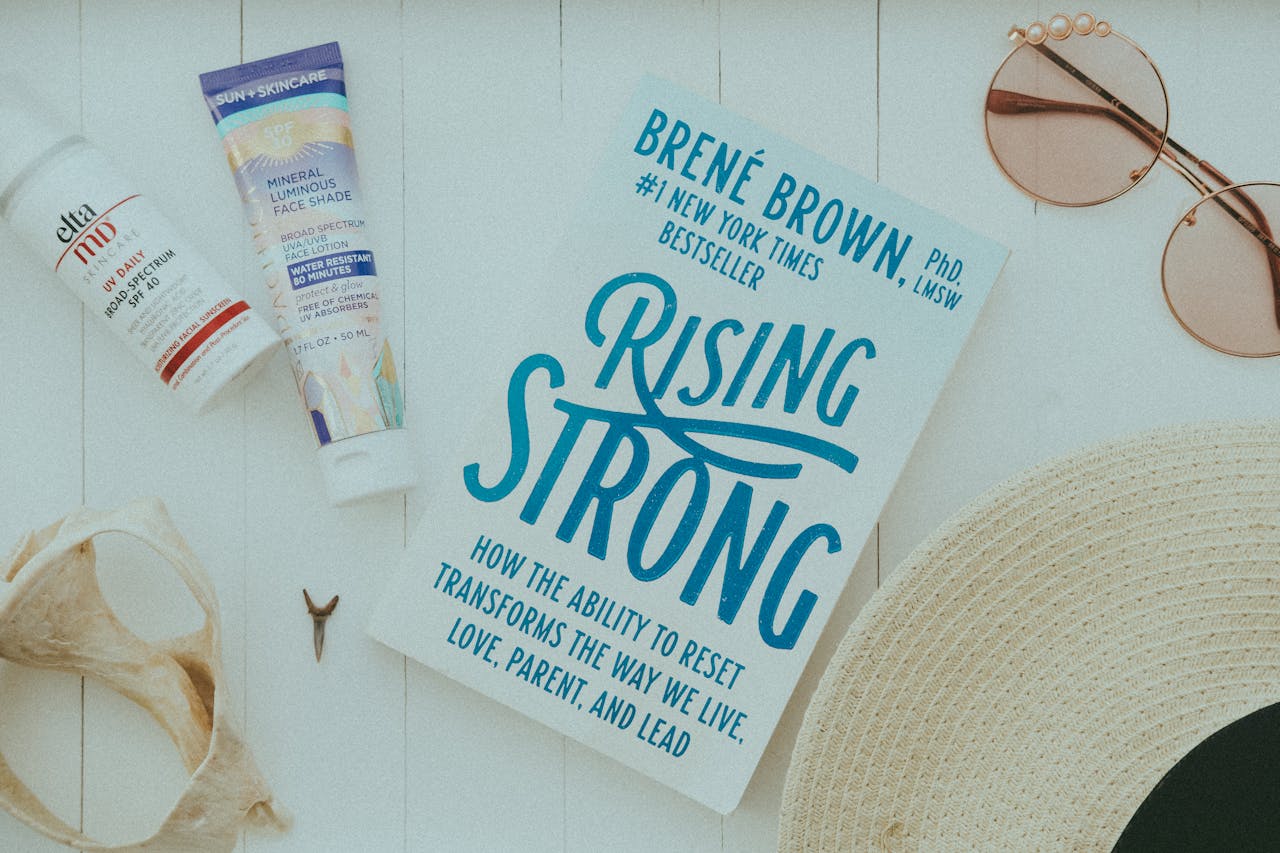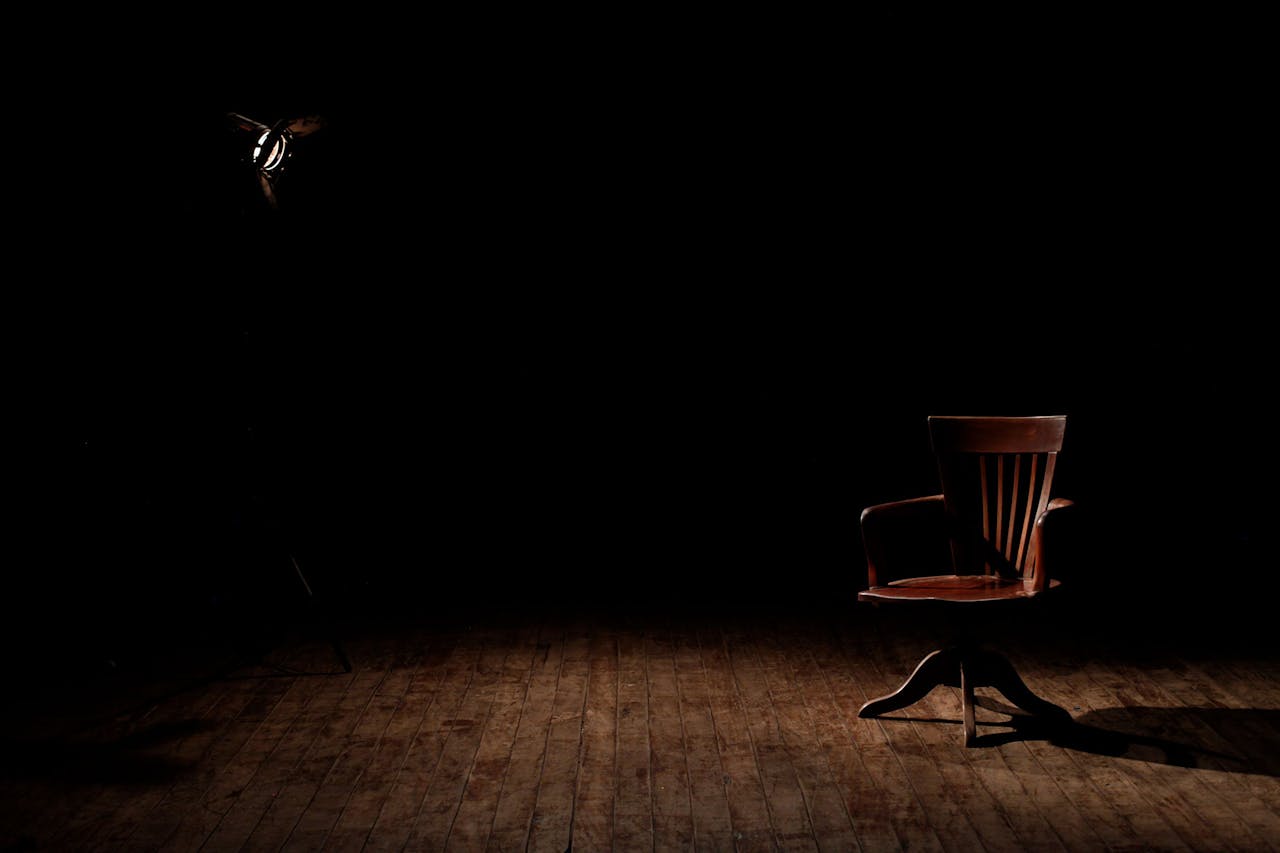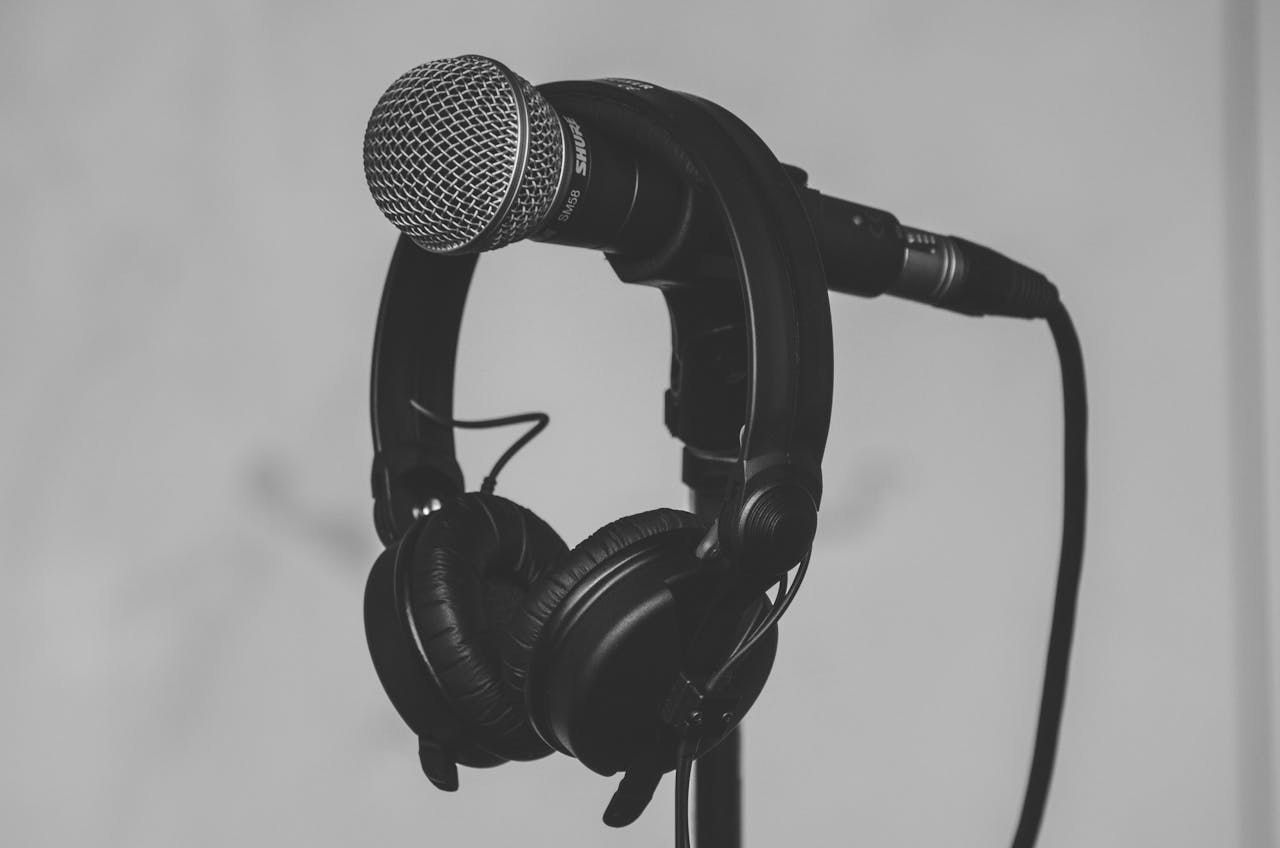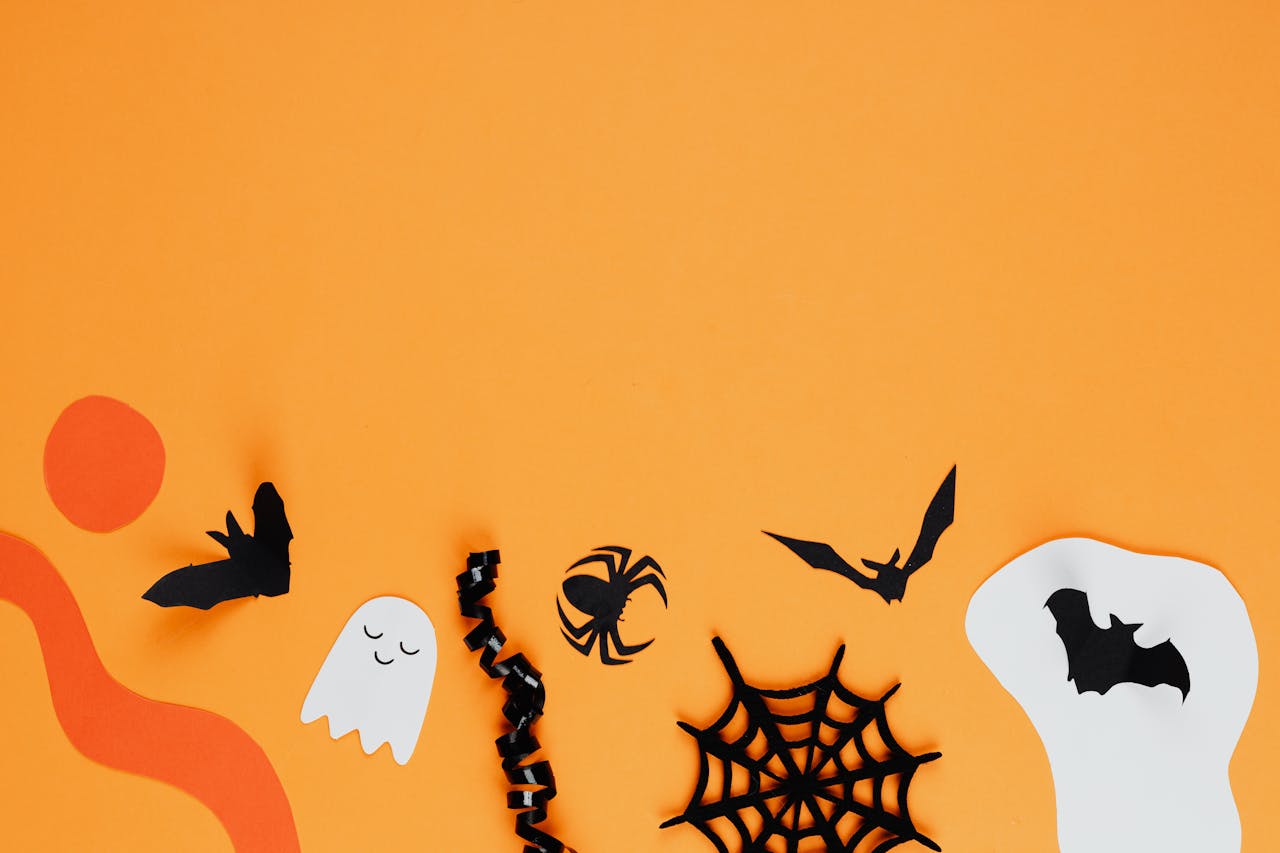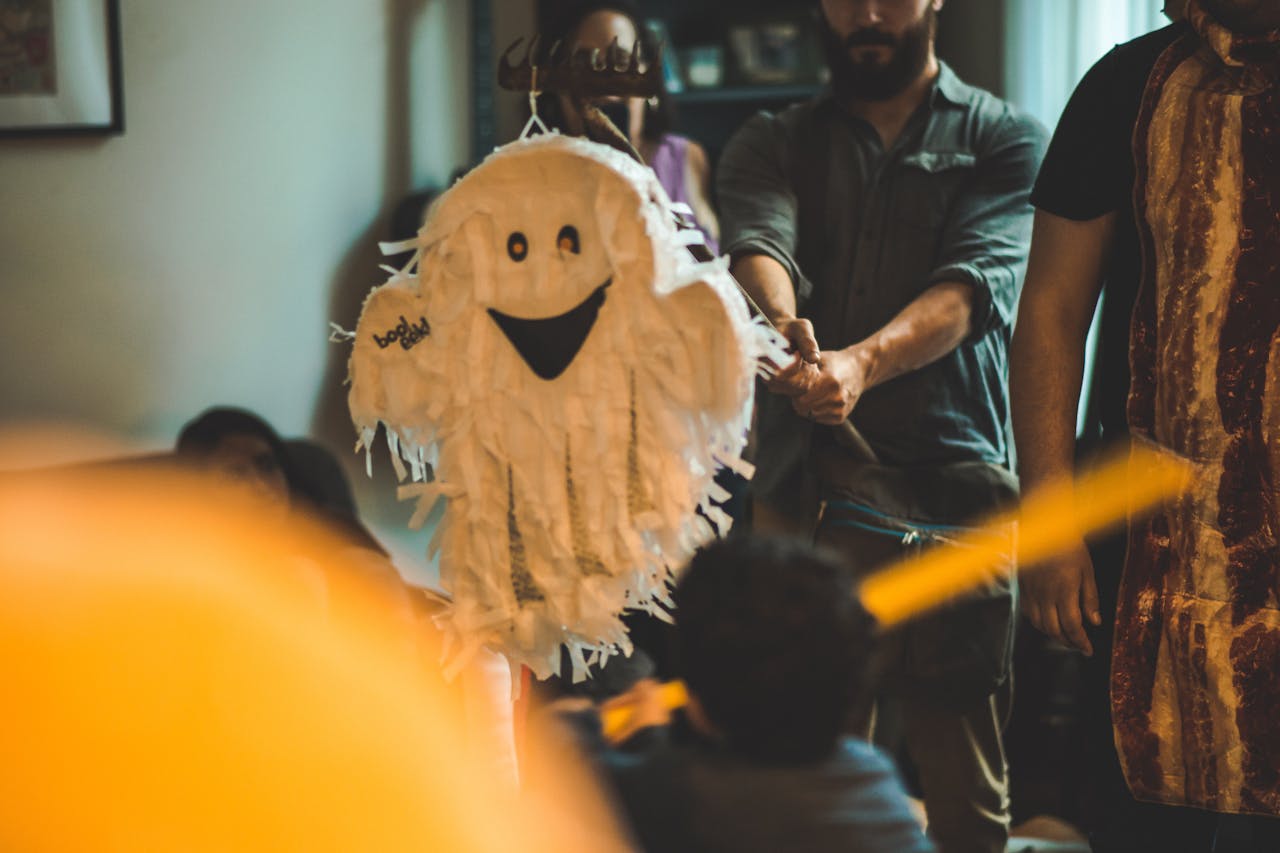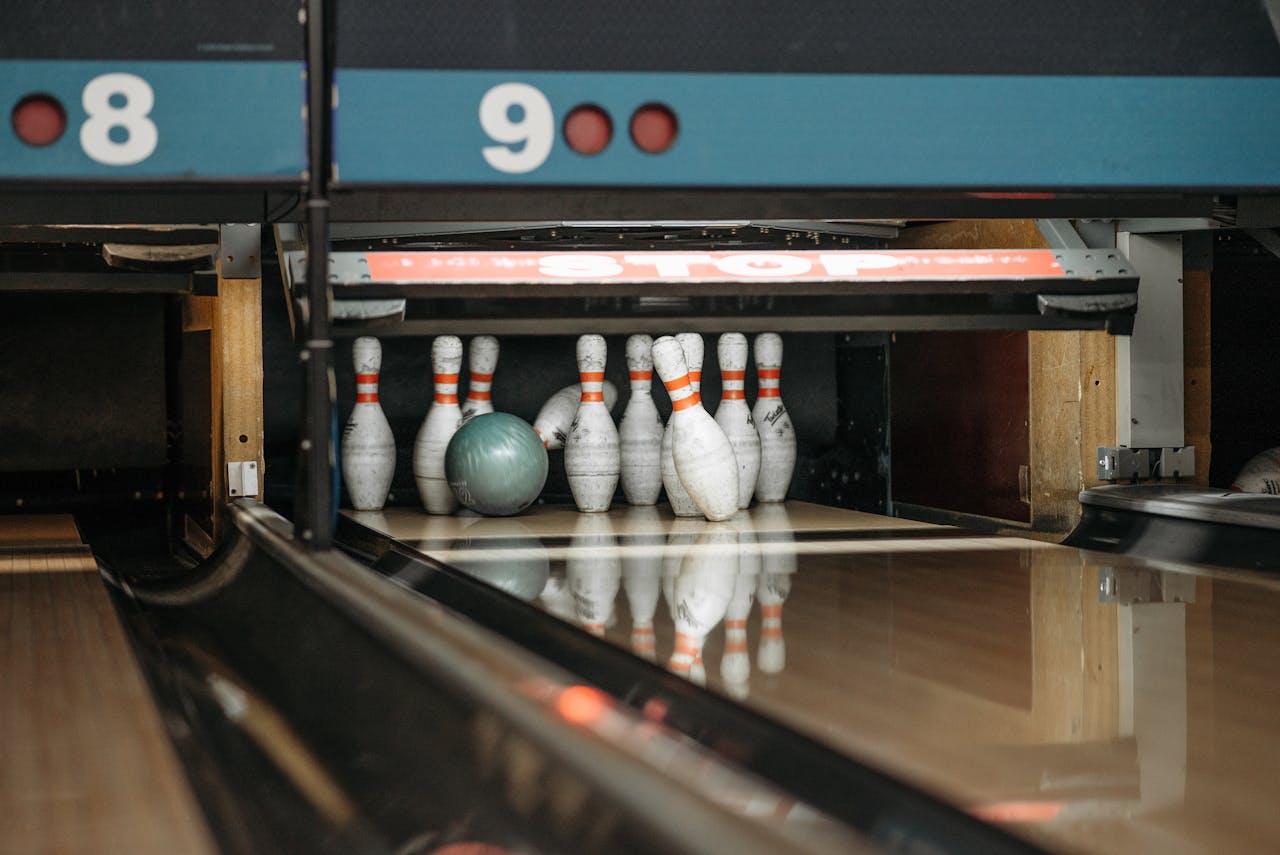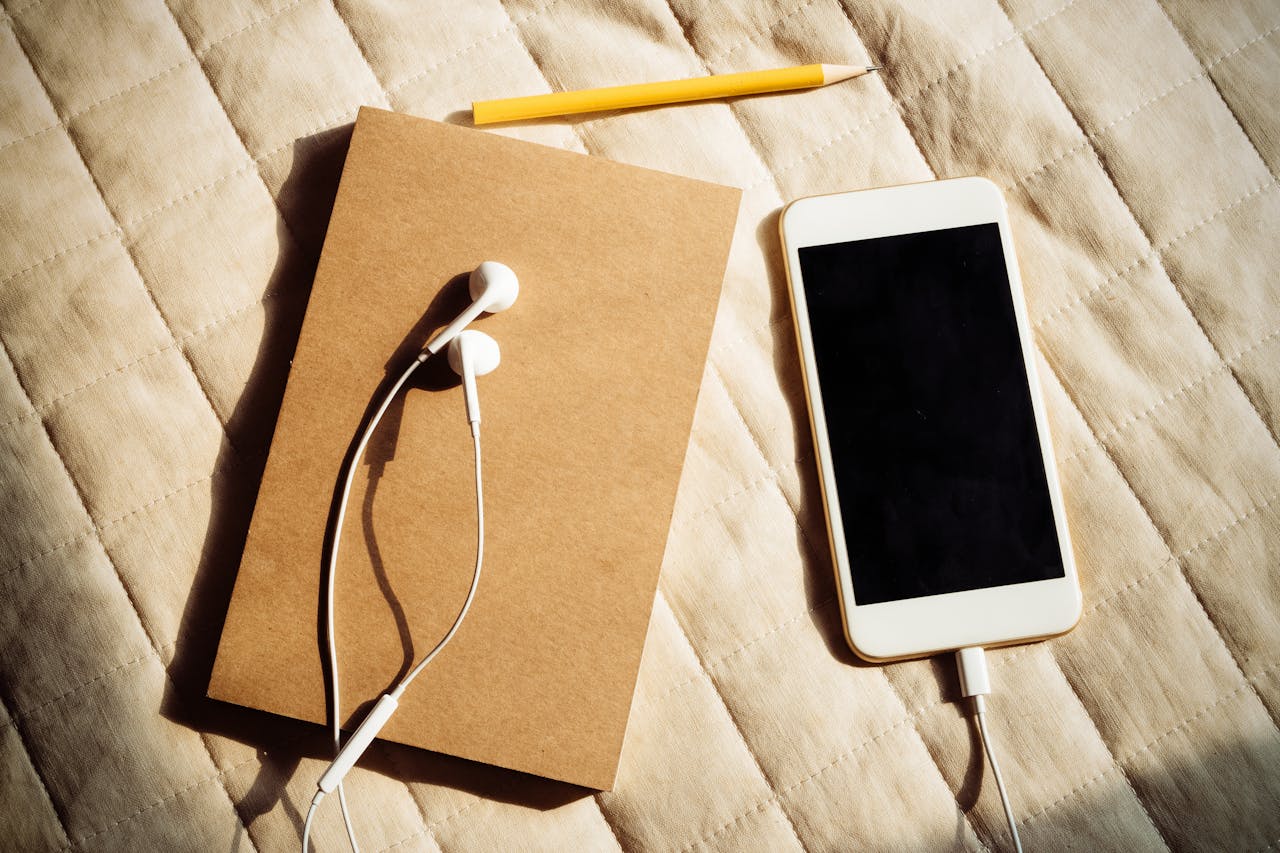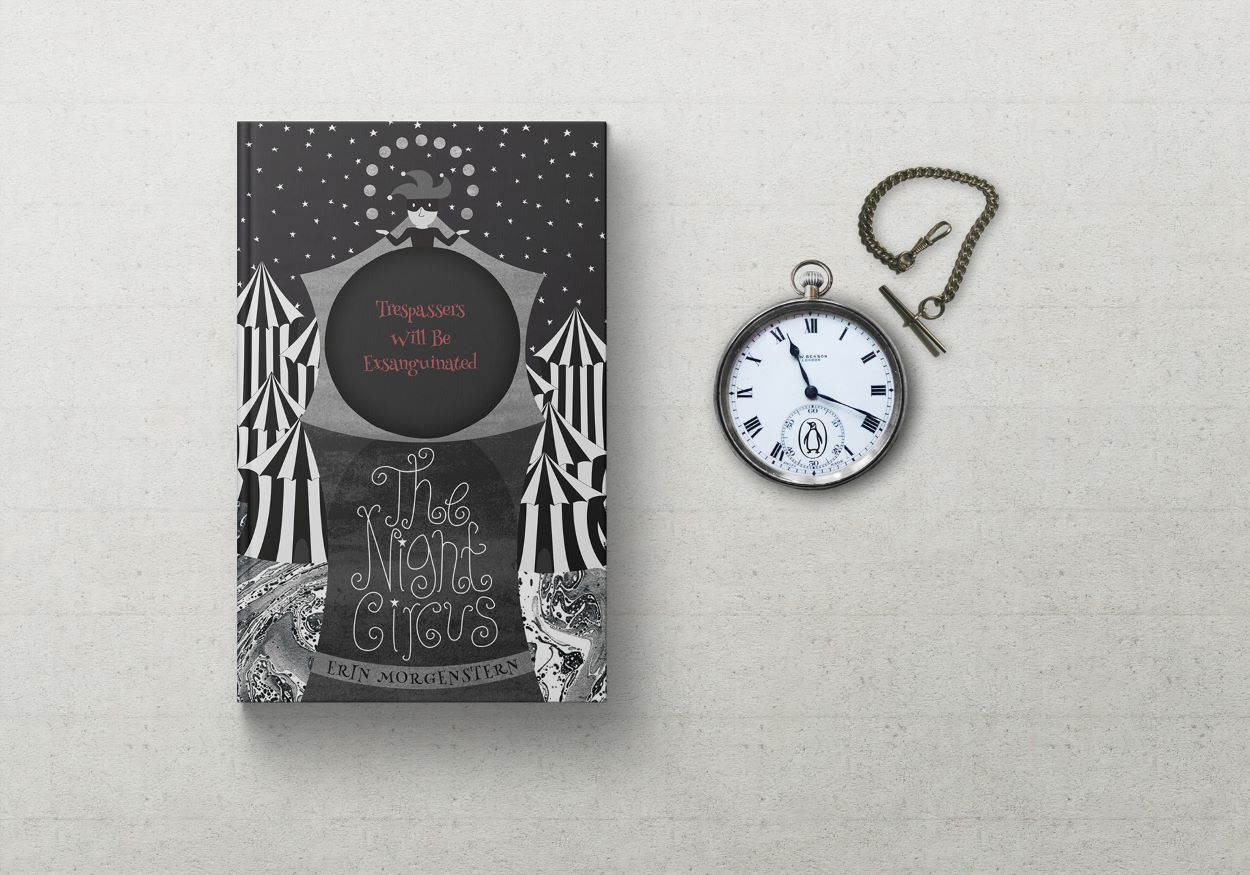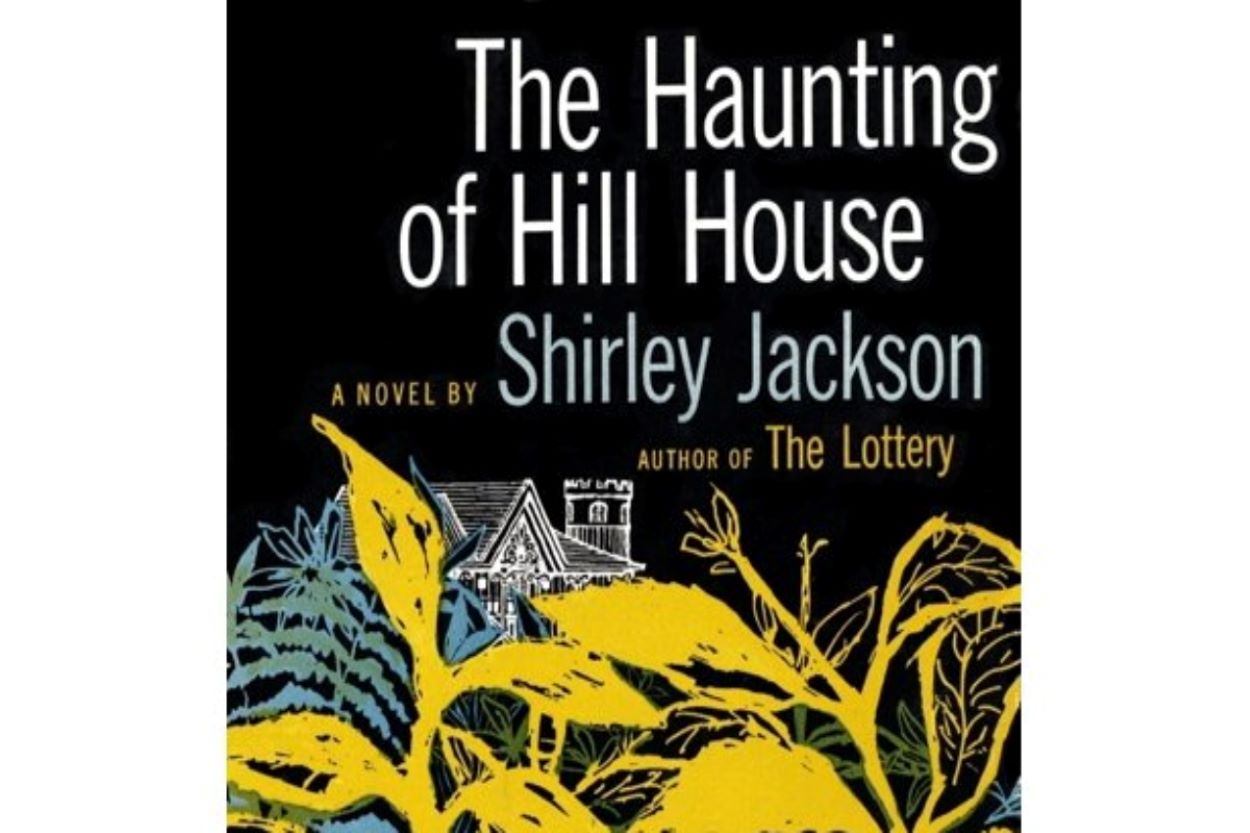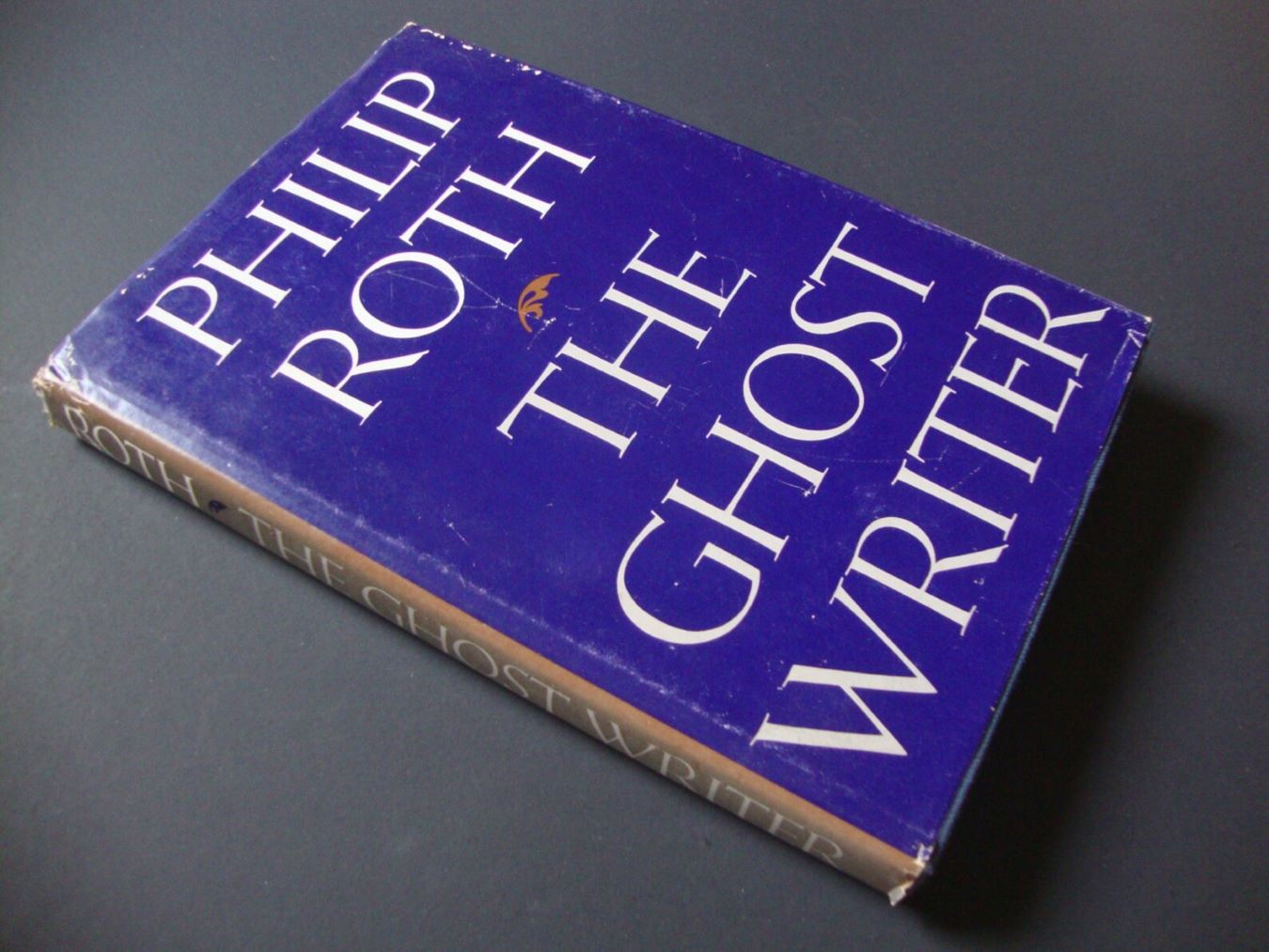How to Host a Virtual Halloween Party: 6 Fun Ideas to Celebrate with Friends Online

Halloween is a time for spooky fun, creativity, and connection, but hosting a gathering can be challenging, especially when social distancing is a priority. Fortunately, virtual Halloween parties have gained popularity, allowing you to celebrate with friends and family from the comfort of your own home. With a bit of creativity and planning, you can create a memorable online experience filled with laughter, chills, and festive spirit. In this article, we’ll explore six fun ideas to help you host an unforgettable virtual Halloween party that will delight and entertain your guests.
1. Spooky Costume Contest

One of the highlights of any Halloween celebration is the costumes! Encourage your guests to dress up in their spookiest, silliest, or most creative costumes for a virtual costume contest. To add an element of excitement, set specific categories for costumes, such as “scariest,” “funniest,” or “most creative.” Have everyone showcase their costumes on camera, and then use polls or voting to determine the winners. Prizes can be virtual gift cards or Halloween-themed goodies sent via mail. This interactive element will not only engage your guests but also set a festive tone for the evening.
2. Halloween-Themed Trivia

Test your friends’ knowledge of all things Halloween with a themed trivia game. Prepare a series of fun questions related to Halloween history, movies, traditions, and pop culture. Use online quiz platforms or simply present questions during your video call. Divide your guests into teams and keep score throughout the game. To make it even more exciting, consider incorporating a prize for the winning team, such as a spooky snack box or a Halloween movie rental. This activity encourages friendly competition and keeps everyone engaged and entertained.
3. Virtual Scavenger Hunt

A virtual scavenger hunt adds an interactive twist to your Halloween celebration. Create a list of Halloween-themed items for guests to find in their homes, such as a pumpkin, a spooky decoration, or a favorite candy. Set a timer and challenge everyone to find as many items on the list as possible within the time limit. Once the timer goes off, gather everyone back on the call to share their findings. To enhance the fun, consider awarding prizes for the most items found or the most creative interpretations of the scavenger list. This activity promotes movement and excitement, making it a memorable part of your virtual party.
4. Halloween Movie Night

Host a spooky movie marathon by selecting a lineup of Halloween-themed films for your virtual gathering. Use streaming platforms that allow synchronized viewing, such as Teleparty (formerly Netflix Party) or Kast, to watch the movies together in real time. Send out a poll beforehand to choose the films everyone wants to watch, ensuring that everyone has a say in the lineup. Create a cozy atmosphere by encouraging guests to prepare themed snacks, such as popcorn with candy corn or pumpkin spice treats. During breaks, facilitate discussions about the movies to keep the energy lively and engaging.
5. Virtual Pumpkin Carving Contest

Pumpkin carving is a classic Halloween activity that can easily be adapted for a virtual gathering. Encourage your guests to carve or decorate their pumpkins ahead of time, showcasing their creativity. Set a time during your party for everyone to present their pumpkins, and allow guests to vote for their favorites in various categories, such as “most creative,” “scariest,” or “funniest.” To make it even more exciting, consider hosting a live carving session where guests can carve their pumpkins together while sharing tips and tricks. This collaborative experience fosters connection and allows everyone to showcase their artistic skills.
6. Halloween Cocktails and Mocktails

A spooky drink menu can elevate your virtual Halloween party. Create a list of Halloween-themed cocktails and mocktails for your guests to prepare in advance or mix together during the party. Share the recipes beforehand, including ingredients like “Witch’s Brew Punch,” “Vampire’s Kiss,” or “Ghostly Mocktail.” For added fun, host a mini cocktail-making class during the party, guiding guests through the preparation process. Encourage everyone to show off their creations on camera and even host a taste-testing session. The festive drinks will enhance the Halloween spirit and make the evening feel extra special.
Final Thoughts

Hosting a virtual Halloween party is a fantastic way to celebrate the season while staying connected with friends and family. By incorporating fun activities like costume contests, trivia games, scavenger hunts, movie nights, pumpkin carving contests, and themed cocktails, you can create a lively and memorable experience for all your guests. Remember, the key to a successful virtual gathering is to foster connection and engagement, making everyone feel included and entertained. With these creative ideas, you’ll be well on your way to hosting a spooktacular Halloween celebration that everyone will enjoy!









